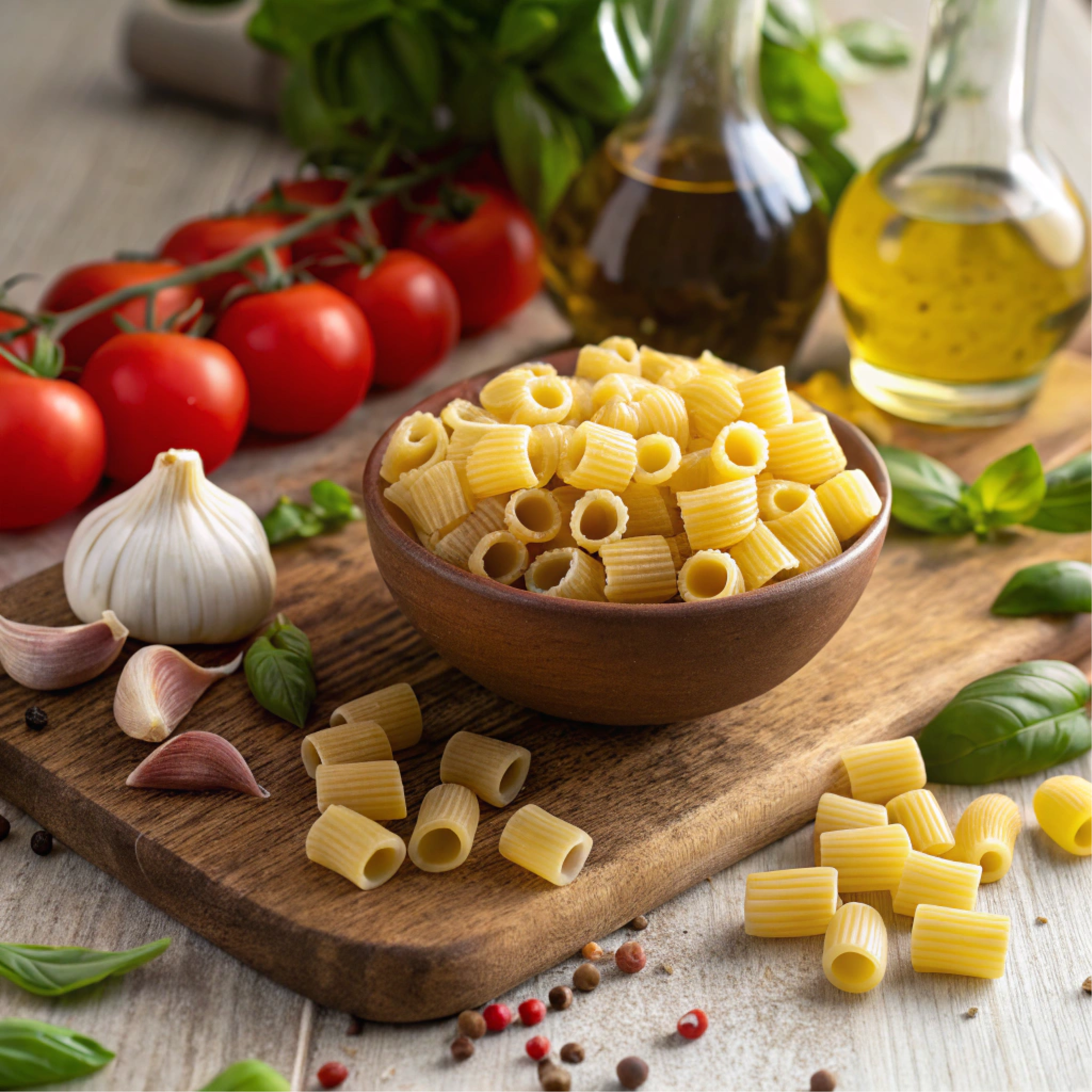Introduction
What is Ditalini Pasta?
Ditalini pasta, often referred to as “small thimbles” in Italian, is a short tube-shaped pasta that has become a staple in kitchens worldwide. Its name comes from the Italian word “ditale,” meaning thimble, perfectly describing its tiny, cylindrical form. Known for its bite-sized dimensions and hollow structure, this pasta excels in capturing sauces, seasonings, and broths, making it an ideal choice for soups, salads, and hearty dishes.
Beloved for its versatility, ditalini seamlessly blends into traditional recipes while adapting well to contemporary creations. Its compact shape also ensures even cooking, offering a tender yet firm texture that complements a wide range of culinary styles.
The Origin and History of Ditalini Pasta
Tracing its origins to Southern Italy, ditalini pasta holds a deep connection to Italian culinary traditions. It was first introduced in the Campania region, where pasta-making flourished. Historically, it was a key ingredient in peasant dishes, providing a filling and economical meal when combined with vegetables, beans, and meats.
As Italian cuisine spread globally, so did ditalini’s popularity. Today, it’s commonly used in classic Italian recipes such as Minestrone soup and pasta e fagioli, highlighting its ability to blend effortlessly with rich, flavorful broths. Despite its humble beginnings, ditalini has earned a place in modern kitchens, celebrated for both its simplicity and elegance.
Why is Ditalini Pasta So Popular?
Ditalini’s widespread appeal stems from its ability to adapt to various recipes and dietary preferences. Whether served in a creamy cheese sauce or tossed with vegetables and olive oil, it consistently delivers satisfying results. Its small size makes it especially appealing for soups, as it absorbs flavors without overpowering the dish.
Moreover, ditalini’s texture caters to diverse culinary needs. It retains its shape during cooking, offering a pleasant bite in both warm and cold dishes. Beyond taste, it also provides nutritional benefits, particularly when made from whole grains or fortified with additional fiber and protein.
A Versatile Addition to Modern Kitchens
With its rich history and adaptability, ditalini pasta continues to be a favorite for home cooks and chefs alike. Its role has expanded beyond traditional Italian recipes to include global fusion dishes, gluten-free options, and meal-prep-friendly creations.
As we explore its characteristics, preparation methods, and delicious recipes in the following sections, you’ll discover why ditalini pasta remains an essential ingredient in countless kitchens.
Characteristics and Benefits of Ditalini Pasta
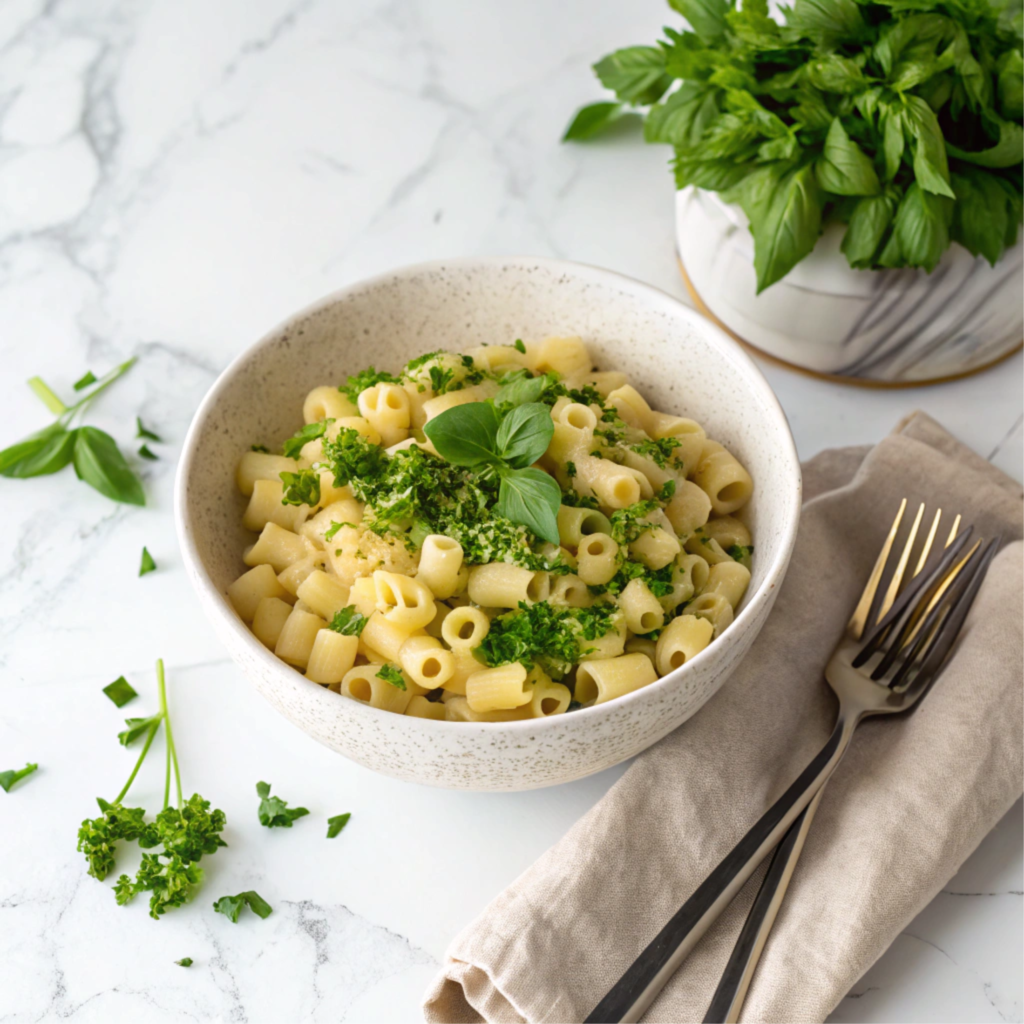
Unique Shape and Texture of Ditalini Pasta
Ditalini pasta stands out due to its short, tube-like structure, resembling tiny cylinders. Its smooth surface and hollow center make it ideal for absorbing sauces and broths, creating a burst of flavor in every bite. Unlike longer pasta shapes, ditalini provides a uniform texture, which works well in both creamy and chunky recipes.
Thanks to its compact size, ditalini cooks quickly, saving time in the kitchen. Additionally, its small form allows it to blend effortlessly with ingredients, ensuring balanced flavors throughout any dish.
Why Ditalini is Perfect for Versatile Cooking
One reason ditalini is so versatile lies in its adaptability to different cuisines. Whether used in soups, pasta salads, or baked dishes, it maintains its structure and doesn’t become mushy. Furthermore, its compatibility with both light broths and rich, creamy sauces offers endless culinary possibilities.
For those who enjoy experimenting, ditalini can even replace rice or grains in pilafs and risottos. Its ability to pair with vegetables, cheeses, and proteins makes it a reliable option for diverse recipes.
Health Benefits and Nutritional Value
Beyond its culinary appeal, ditalini pasta also provides nutritional benefits. Made primarily from durum wheat, it delivers a healthy dose of complex carbohydrates, offering sustained energy throughout the day. It is also a source of dietary fiber, which aids digestion and promotes gut health.
Moreover, enriched versions often contain essential nutrients like iron and B vitamins, adding to its nutritional value. For individuals following gluten-free diets, alternative versions crafted from rice or quinoa flour are widely available.
A Family-Friendly Pasta Option
Ditalini is an excellent choice for families, especially those with young children. Its small size reduces the risk of choking, making it safe for toddlers. At the same time, it provides a fun and manageable portion for picky eaters who prefer smaller bites.
Additionally, its quick cooking time makes it a convenient option for busy households. With minimal effort, ditalini can transform simple pantry ingredients into hearty, satisfying meals.
Sustainability and Affordability
Another advantage of ditalini pasta is its affordability. It offers a budget-friendly way to prepare nutritious and flavorful dishes. Many brands also emphasize sustainability, using recyclable packaging and eco-friendly production methods.
Traditional and Modern Uses of Ditalini Pasta
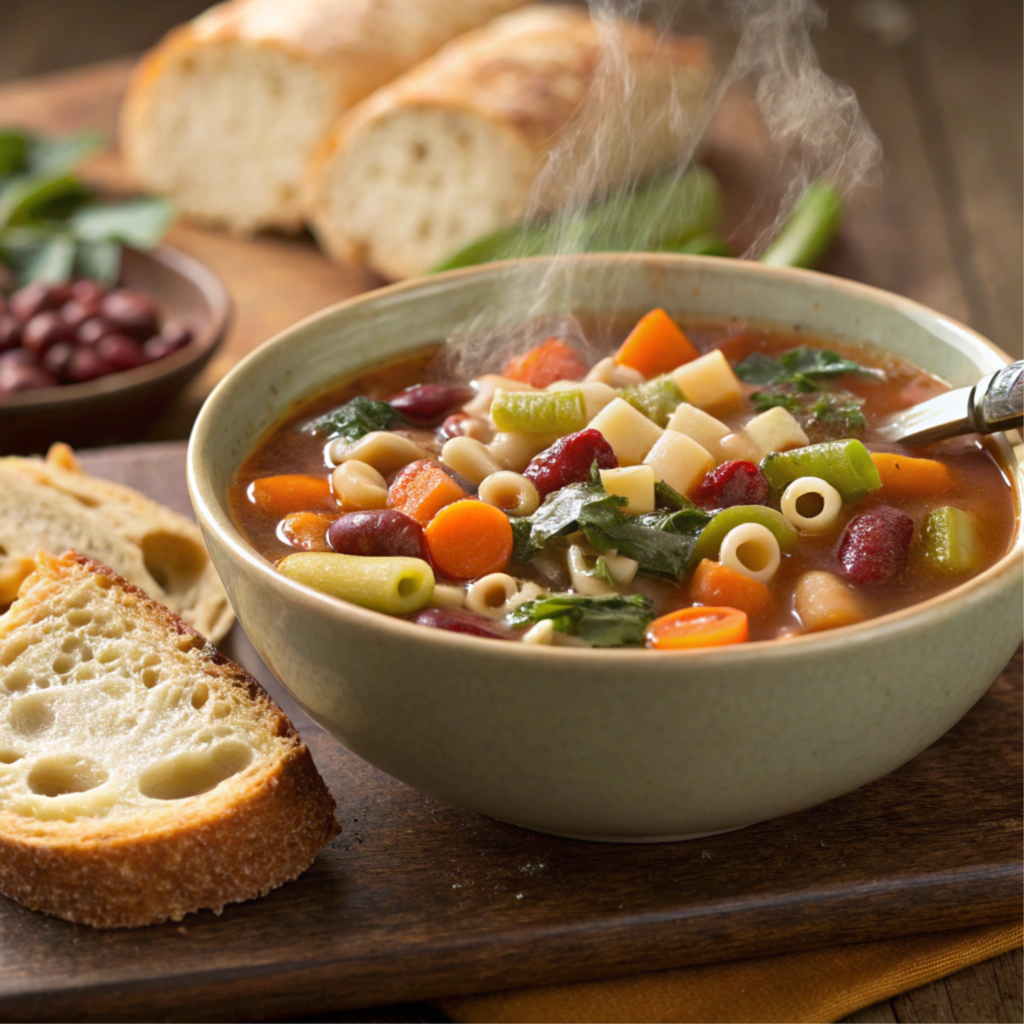
Ditalini Pasta in Classic Italian Cuisine
Ditalini pasta has long been a favorite ingredient in traditional Italian cooking. Its compact shape makes it an excellent choice for soups, particularly minestrone. In fact, this pasta’s ability to absorb rich broths and flavors has solidified its place in Italian kitchens for generations.
Beyond soups, ditalini often appears in casseroles and baked dishes. Its size allows it to layer well with vegetables, cheeses, and sauces, creating hearty meals that appeal to families and large gatherings. Additionally, its bite-sized structure provides a satisfying texture, enhancing the overall eating experience.
A Staple for Comfort Foods
Comfort food recipes often highlight ditalini pasta due to its versatility and simplicity. Macaroni and cheese, for example, benefits from ditalini’s small, hollow design, which traps creamy sauces. Furthermore, adding ditalini to stews or chili creates a thicker and more satisfying dish.
For those seeking lighter options, ditalini pairs beautifully with fresh vegetables and olive oil. Combining it with spinach, cherry tomatoes, and feta cheese offers a refreshing pasta salad perfect for summer picnics.
Fusion Recipes and Modern Trends
In modern cooking, ditalini has taken on new roles in fusion recipes. Chefs often incorporate it into international dishes, blending flavors from Mediterranean, Asian, and Latin cuisines. For example, ditalini can replace rice in burrito bowls or serve as the base for grain-free tabbouleh.
Additionally, health-conscious cooks are exploring alternative versions of ditalini made from chickpeas or lentils. These options provide extra protein and fiber while maintaining the pasta’s familiar texture and taste. As a result, ditalini appeals to those following gluten-free or plant-based diets.
Meal Prep and Quick Lunch Ideas
Ditalini pasta is also perfect for meal prepping. Its compact size allows it to store easily without becoming soggy, making it a great choice for make-ahead meals. Preparing a large batch of pasta salad, for instance, ensures ready-to-eat lunches throughout the week.
Moreover, it reheats well, preserving both flavor and texture. By combining ditalini with pre-cooked proteins like grilled chicken or shrimp, you can quickly assemble a nutritious meal. Adding roasted vegetables or pesto provides additional variety without requiring extra cooking time.
Innovative Serving Ideas
Creative chefs continue to find new ways to use ditalini in recipes. It can be served in creamy risotto-style dishes, baked with layers of cheese, or even transformed into pasta “cakes” when pan-fried. For appetizers, stuffing cooked ditalini into hollowed-out vegetables offers an elegant yet simple presentation.
Cooking Tips and Recipes for Ditalini Pasta
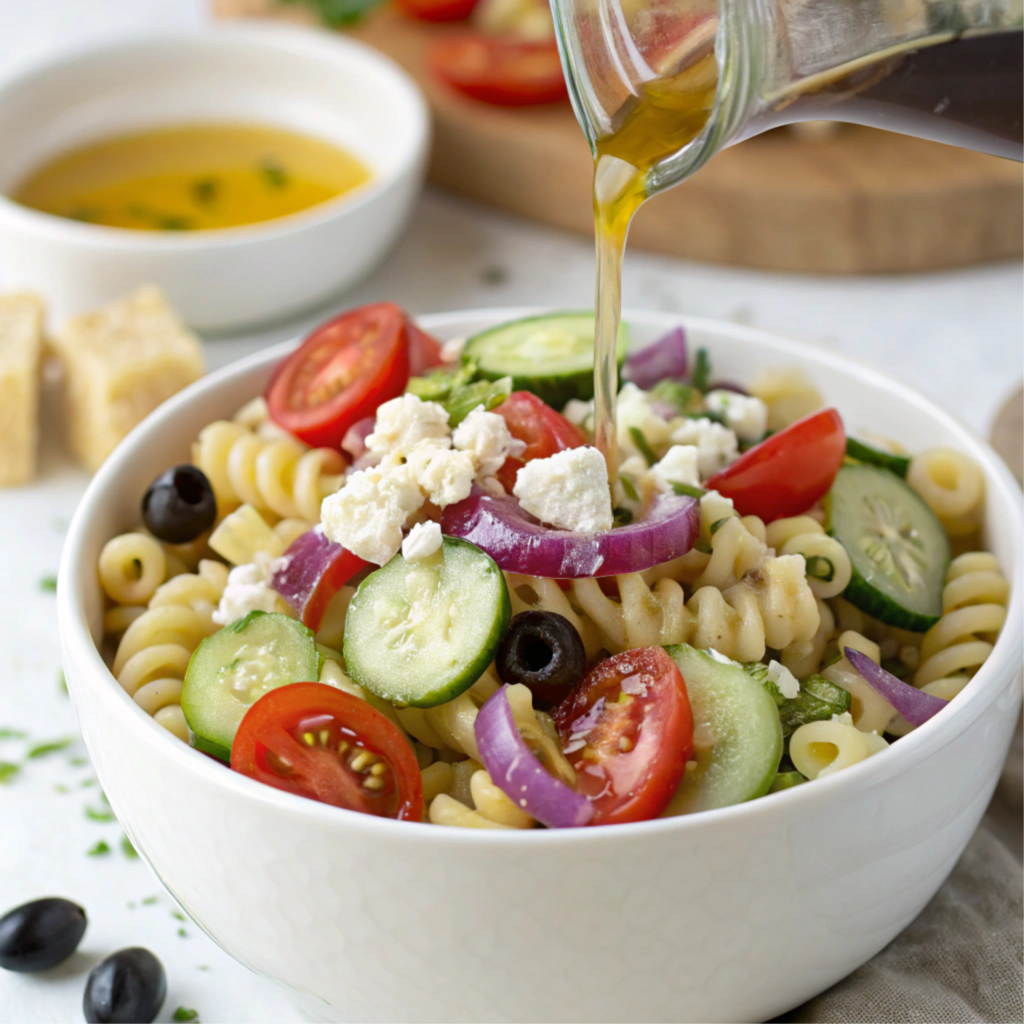
How to Cook Ditalini Pasta Perfectly
Cooking ditalini pasta to perfection requires attention to detail. First, always bring a large pot of water to a rolling boil before adding salt. Salt enhances flavor, so don’t skip this step. Once the water is ready, add the pasta and stir occasionally to prevent sticking.
Typically, ditalini cooks in 8 to 10 minutes, but it’s essential to check for an al dente texture. Draining the pasta promptly and rinsing it under cold water stops further cooking, especially if you plan to use it in salads. For soups, slightly undercooking ditalini works best since it continues to soften when added to hot broth.
Pairing Ditalini with Sauces and Ingredients
Ditalini’s hollow shape makes it excellent for trapping creamy or chunky sauces. Tomato-based sauces complement its texture well, while lighter options like olive oil and lemon create refreshing flavors. Additionally, pairing it with proteins such as grilled chicken, shrimp, or sausage adds depth and richness.
Vegetables like zucchini, spinach, and roasted peppers balance the dish with color and nutrients. For a creamy finish, stirring in ricotta or parmesan cheese provides both flavor and texture. Herbs such as basil, parsley, and oregano further elevate the dish, making it aromatic and appealing.
Popular Recipes Featuring Ditalini Pasta
Several recipes showcase ditalini’s adaptability in the kitchen. Minestrone soup remains a classic favorite, often featuring ditalini as the primary pasta component. Packed with beans, vegetables, and herbs, this dish highlights the pasta’s ability to absorb flavors without overpowering other ingredients.
Another popular option includes creamy ditalini and cheese, which rivals traditional macaroni dishes. Adding breadcrumbs on top before baking creates a satisfying crunch. For lighter meals, Mediterranean ditalini salad combines cherry tomatoes, cucumbers, olives, and feta cheese, delivering freshness and zest.
Quick and Healthy Meal Ideas
Ditalini pasta can also transform into quick, healthy meals with minimal preparation. Tossing cooked ditalini with pesto, sun-dried tomatoes, and arugula makes a flavorful dish in under 15 minutes. Incorporating beans or lentils boosts protein while maintaining a vegetarian-friendly profile.
For a spicy twist, ditalini pairs well with Italian sausage and roasted red peppers. Adding red pepper flakes creates heat, while a sprinkle of parmesan completes the dish. These recipes not only save time but also ensure balanced, nutritious meals.
Mistakes to Avoid When Cooking Ditalini
Despite its simplicity, preparing ditalini incorrectly can lead to disappointing results. One common mistake involves overcooking the pasta, which causes it to lose its shape and become mushy. To prevent this, always test for doneness a minute or two before the recommended cooking time.
Another issue arises when pasta isn’t drained properly. Excess water dilutes flavors, so draining thoroughly is essential. Avoid leaving ditalini in hot water after cooking, as residual heat continues the cooking process. For soups, adding pasta just before serving preserves its texture.
Buying and Storing Ditalini Pasta
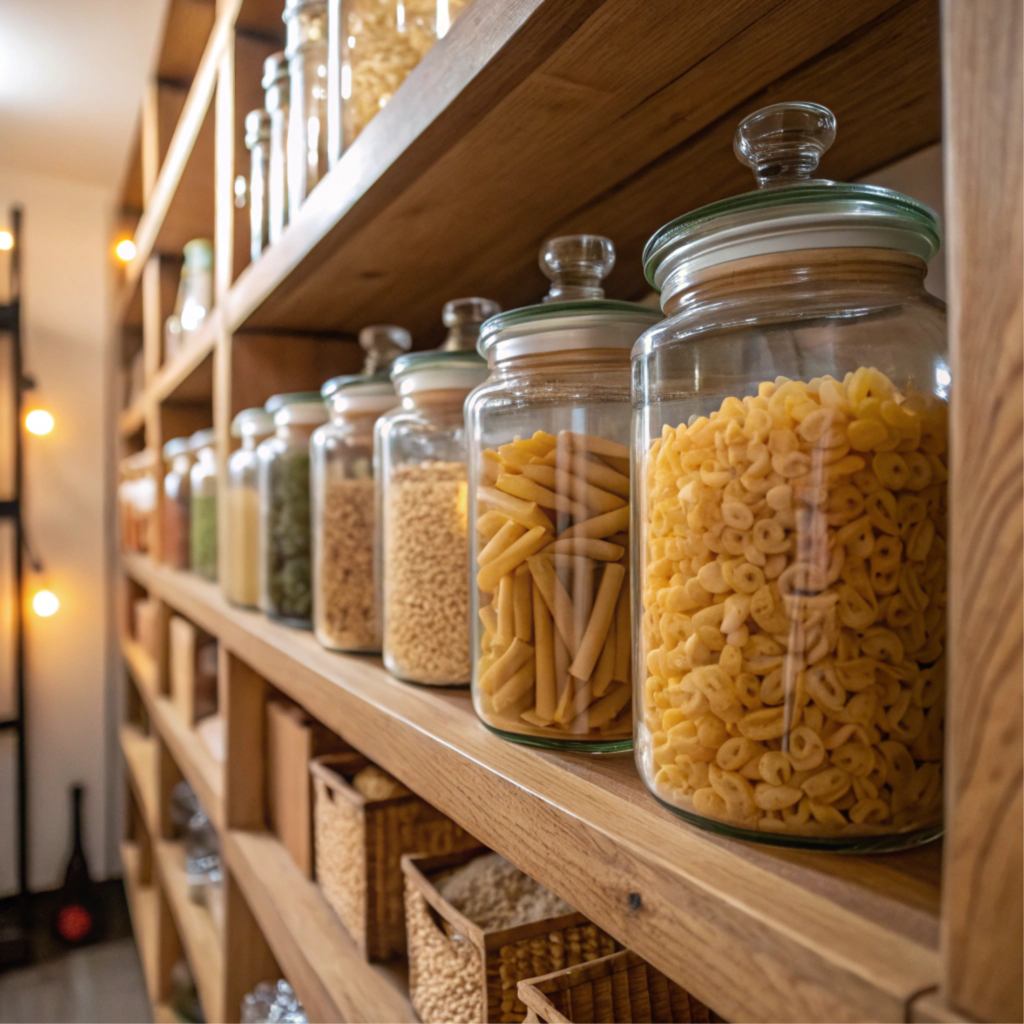
How to Choose High-Quality Ditalini Pasta
Selecting premium ditalini pasta can significantly enhance your cooking results. Start by examining the ingredient list. Opt for pasta made from 100% durum wheat semolina, as it delivers superior texture and flavor. Additionally, look for brands that specify “bronze-cut” pasta. This process creates a rougher surface, allowing sauces to cling better.
Packaging also provides clues about quality. Transparent bags or boxes make it easier to inspect the pasta’s color and consistency. A golden hue often indicates fresh, well-made pasta, while uneven coloring may suggest lower-quality production. Checking for certifications like organic or non-GMO labels can further ensure you’re buying a healthy product.
Understanding the Different Types of Ditalini Pasta
Ditalini pasta comes in several variations, catering to different dietary needs and preferences. Traditional varieties use durum wheat, but whole wheat options offer added fiber and nutrients. For gluten-sensitive individuals, gluten-free versions made from rice, quinoa, or chickpeas provide an excellent alternative.
Flavored ditalini pasta, infused with ingredients such as spinach or tomato, introduces vibrant colors and extra taste. These versions work particularly well in salads and side dishes, enhancing visual appeal and flavor profiles. Exploring different types allows you to match the pasta to specific recipes and dietary requirements.
Proper Storage Methods for Freshness
Storing ditalini pasta correctly helps preserve its flavor and texture. Always keep it in a cool, dry place, away from moisture and direct sunlight. Airtight containers or resealable bags work best to prevent exposure to air, which can cause the pasta to go stale.
For opened packages, transferring pasta to a sealed container maintains freshness and protects it from pantry pests. If you prefer to buy pasta in bulk, dividing it into smaller portions ensures convenient access without risking spoilage.
Shelf Life and Expiration Guidelines
Dried ditalini pasta typically has a long shelf life, lasting up to two years when stored properly. However, it’s important to check expiration dates before use. Although pasta doesn’t spoil easily, older batches may lose quality and taste.
Cooking with expired pasta isn’t unsafe, but it may result in a softer, less enjoyable texture. For best results, use your pasta within its recommended timeframe. If you’ve prepared cooked ditalini, refrigerate leftovers in an airtight container. Consuming them within three to five days prevents spoilage while maintaining freshness.
Tips for Buying in Bulk Without Waste
Purchasing ditalini in bulk often saves money, but improper storage can lead to waste. To avoid this, divide larger quantities into smaller, labeled containers. Not only does this method extend shelf life, but it also simplifies meal preparation.
Freezing cooked ditalini provides another option for reducing waste. Portioning it into freezer-safe bags or containers makes reheating quick and easy. Adding a small amount of olive oil before freezing prevents clumping, ensuring the pasta stays separate when thawed.
FAQs
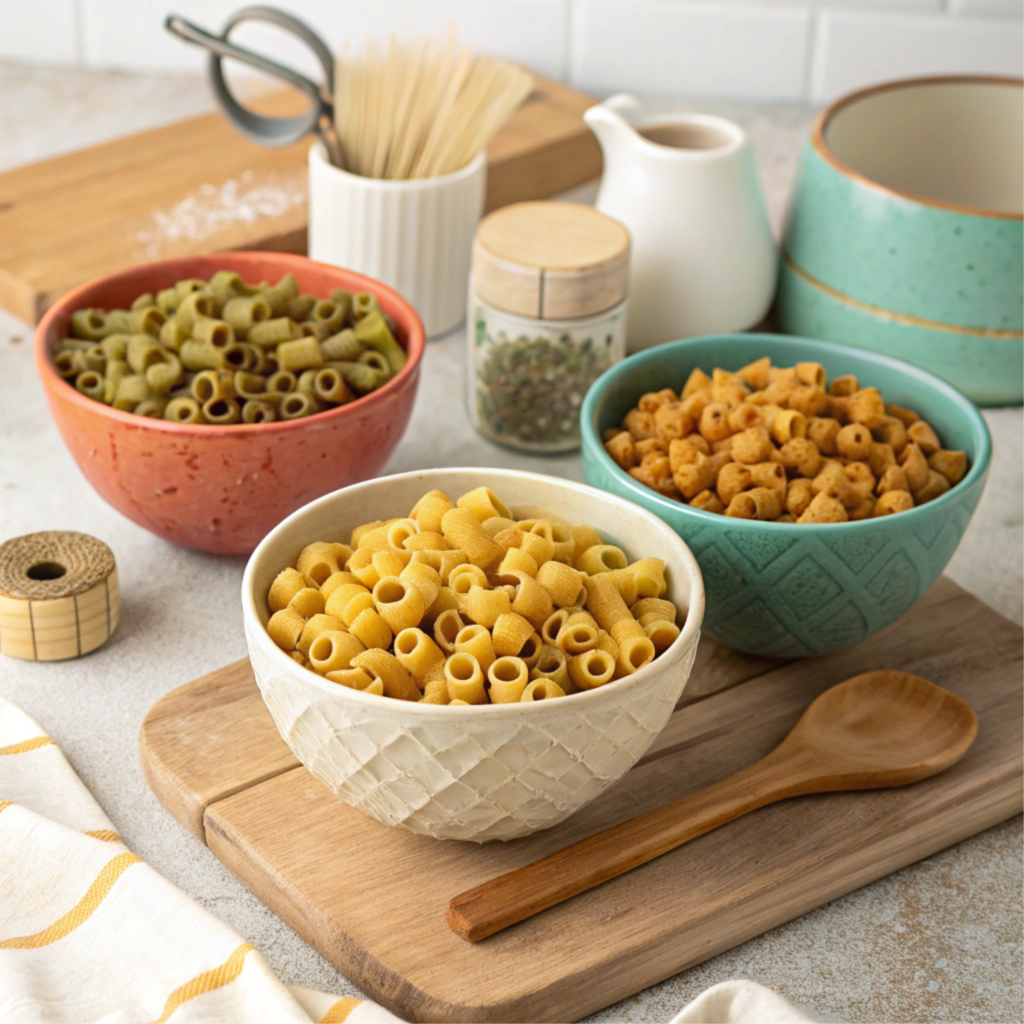
What Does “Ditalini” Mean?
The name “ditalini” originates from the Italian word “ditale,” which translates to “thimble.” This name perfectly reflects the pasta’s small, tubular shape. Traditionally, Italians referred to it as “little thimbles” due to its compact size and hollow design. Over time, this pasta has become widely recognized for its versatility and practicality in cooking.
Is Ditalini Pasta Only Used in Soups?
While ditalini pasta is famous for enriching soups like minestrone, its applications extend far beyond brothy dishes. Many chefs incorporate it into pasta salads, casseroles, and baked recipes. Additionally, ditalini works well as a substitute for grains in risottos and pilafs. Because it holds sauces effectively, it can even be used in creamy or tomato-based pasta dishes.
Can I Make Ditalini Pasta at Home?
Homemade ditalini pasta is achievable with the right tools and techniques. Using a pasta extruder simplifies the process, shaping the dough into small tubes. For those without specialized equipment, cutting rolled pasta sheets into tiny cylinders offers an alternative method. However, making ditalini from scratch requires patience and practice.
For beginners, starting with pre-made dough saves time and effort. Once the pasta is formed, drying it properly ensures it maintains its shape during cooking. After gaining experience, experimenting with flavored doughs—such as spinach or beet-infused options—adds creativity and color to homemade pasta.
What Are the Best Sauces for Ditalini?
Ditalini pasta pairs well with a wide variety of sauces. Rich tomato-based sauces complement its texture, while creamy Alfredo or cheese sauces coat the pasta evenly. For lighter dishes, olive oil, garlic, and lemon provide refreshing flavor combinations.
Pesto also works beautifully, especially in cold pasta salads. Adding proteins like shrimp, chicken, or sausage enhances flavor and makes the dish more filling. Furthermore, mixing ditalini with roasted vegetables or beans creates balanced and satisfying meals.
Conclusion
Final Thoughts on Ditalini Pasta
Ditalini pasta stands out as one of the most versatile and practical ingredients in the kitchen. Its small size, quick cooking time, and ability to absorb flavors make it suitable for soups, salads, and baked dishes. Whether you’re preparing a comforting bowl of minestrone or experimenting with modern fusion recipes, ditalini adapts to every culinary style.
Moreover, its nutritional value and availability in gluten-free options ensure it caters to various dietary needs. From busy families to gourmet chefs, this pasta provides endless possibilities for creative meals. By following proper storage techniques and cooking tips, you can make the most of ditalini in any dish.

